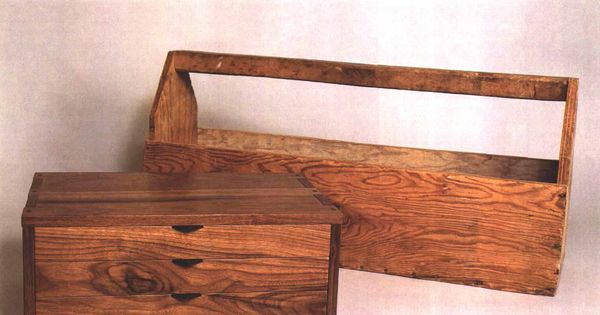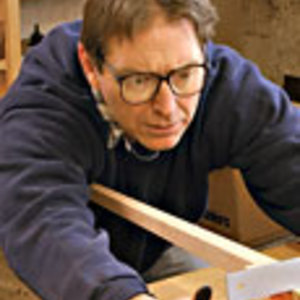A Dozen Ways to Build a Box
Let function, economy and style guide your choice of joinery
Synopsis: Gary Rogowski admits that the first box he ever built he put together with enough nails to build a small house. Since then, he’s learned a few more ways of putting boxes together, from plain and simple to elaborate and complex – all without those nails. The more joinery options you’re familiar and comfortable with, the greater your furniture-making vocabulary and the greater the chances that you will consider your furniture projects successful. In this article, he explains how to make butt joints, rabbet joints, miter joints, solid-wood corners for sheet goods, mortise-and-tenon joints, and finger joints and dovetails.
The first box I ever built I put together with enough nails to build a small house. “Can’t be too strong,” was my motto. That toolbox is still together, too. But in building furniture for the last 20 years, I have learned a few more ways of putting boxes together, from plain and simple to elaborate and complex— all without those nails (see the photos above).
Box construction is a basic building block of furniture-making. Whether you want to build a desk or a kitchen cabinet, an entertainment center or a jewelry box, knowing how to build a box that is both functional and stylistically appropriate is crucial. The more joinery options you’re familiar (and comfortable) with, the greater your furnituremaking vocabulary and the greater the chances that you will consider your furniture projects successful.
There are three essential considerations when deciding on the joinery for a box: function, economy and style. Ask yourself what the box is for. A box’s function will usually help determine appropriate types of joinery for the project based on how much work is involved (economy) and on the look you’re trying to achieve (style). A carpenter’s toolbox or a birdhouse doesn’t really require anything more sophisticated than butt joints. Kitchen cabinets, because you generally need quite a few of them, are well-suited to simple joinery techniques, but they also must be strong. There’s no point in dovetailing these cabinets; it would take forever and not serve any but a decorative purpose. A splined or biscuit-joined miter, however, is a very good compromise.
Other boxes, whether they house your fine silver or your prized handplane collection, may justify the time and effort required to dovetail a carcase precisely. The attention you pay to detail and the emphasis placed on the joinery as a design feature, are in keeping with the valued contents of those boxes.
From Fine Woodworking #104
Fine Woodworking Recommended Products

Bessey EKH Trigger Clamps

Dubuque Clamp Works Bar Clamps - 4 pack

Stanley Powerlock 16-ft. tape measure






















Log in or create an account to post a comment.
Sign up Log in